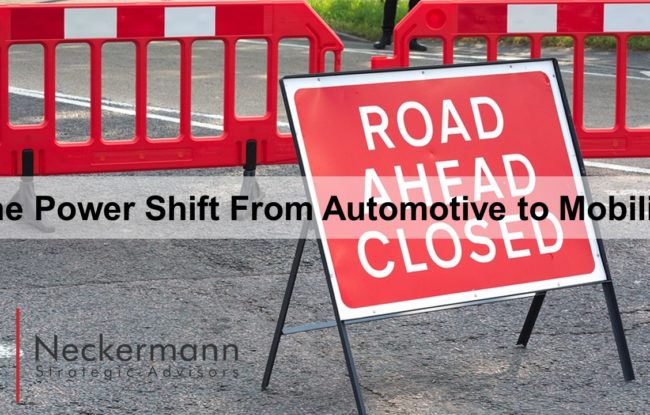Since writing The Mobility Revolution in 2014, I have been living, breathing, thinking and consulting about the three core topics that make up smart mobility: zero emissions, zero accidents and zero ownership. Almost every professional conversation is wrapped around these topics and my company’s work on behalf of clients is focused on the consequences of this transformation.
Yet no discussion on mobility can exclude the broader context – the cities, the countryside, the local and national economic, political and social environments, as well as, of course, the technological progress that is being made in industries that are associated with this revolution. One of the greatest changes will be to the local communities that we call home, and that form part of our identities. Increasingly, this is in cities, and as such, smart cities and smart mobility are inextricably linked (more on this in a few months).
As advisors, there is a strong sociopolitical aspect to our work. Global social and political trends are driving the mobility revolution, but we can see (and have written) that local activities are becoming much more powerful in creating the transformation.
All politics is local. Think globally, act locally. Two well-worn idioms, but still good advice to those of us who think strategically about the future, climate change, our local environments and the impact these have on organisations. The sweet spot of projects must be where global impact and local quality of life overlap. In turn, we shouldn’t attempt to create global impact without ensuring that our local communities benefit from it – just as we shouldn’t ignore the global impact of local actions.
My colleagues and I have the pleasure of advising large multinational companies, small start-up companies, financial investors at the intersection of these, as well as the European Commission. We are privileged to learn things that are happening now across geographies, and a few that are still coming “down the pipeline”. We’ve seen projects succeed, sadly a few well-meaning activities that have failed. We’e seen investors become rich through excellent strategy and execution, and others who have been blindsided by one-directional efforts. Economic common sense always prevails, eventually.
The diagram above is very simple – clearly not rocket science. But it does serve as a guiding light for us, and a few other people I have spoken to recently in prioritising strategic objectives in Smart Cities and Smart Mobility.




